If you’ve ever cycled a heavy bike, you know how tough and uncomfortable it can be. Heavy bikes are challenging even for adults, which explains why pro cyclists usually prefer light bikes made of carbon and alloy materials. Now you can imagine how difficult they are to ride for kids.
Virtually all kids have a tiny physique with only minimally developed muscles. Therefore, when they try to ride heavy kids'’ bikes, they find the experience appalling and horrible. It gets even worse of an experience if they are starting on cycling. Light bikes are maneuverable, ergonomic, and enjoyable, and kids can bunny hop in them, navigate technical trails and climbs, and cycle for longer distances without whining too much. Lighter kids’ bikes also ensure that kids have fun while cycling; after all, cycling should never be torturous, even if it means competitive cycling.
Of course, as a parent, you don’t want to purchase a bike that will make life hell for your kid, and you want to purchase something lightweight and enjoyable to ride.
This post will reveal to you all the critical reasons why kids’ bikes should be lightweight.
5 Reasons Why Kids' Bikes Should Be Lightweight
Choosing an ideal weight for a kids’ bike will determine if they will be comfortable in it or not. It also defines the extent to which the kid will be stoked to ride the bike. A child’s bike should be less than 30-35% of the child’s weight, and anything above that is considered heavier. A lighter bike makes a world of difference for young, timid, and beginner riders.
In a nutshell, a lighter bike for a kid means they can steer, control, and balance easily, which means more safety and fewer falls while riding the bike.
1. Heavy Kids’ Bikes Are Bulky
The number one reason kids’ bikes should be lightweight is that heavy kids’ bikes are bulky. Heavy kids’ bikes are bulky and uncomfortable for kids to use. If you buy your kid a heavy bike, they won’t have a positive experience.
The bulkiness of heavy kids' bikes makes them difficult to lift, challenging to climb on, difficult to balance, and difficult to control. In fact, they make them just cumbersome and a pain in the bum for young kids. Thus, unless you want to torture your kid, you should not buy a bulky and heavy kids' bike for them.
The worst thing about the bulkiness of heavy kids’ bikes is that they are somewhat dangerous since they are not easy to control. Your under-8 or under-six kid will most ``likely not have the strength and the stamina to handle a heavy kids' bike. If you buy them such a bike, they can easily fall on it and get injured. Or the bike can even tilt to one side and pin your kid down. These are outcomes no parent wishes for their child.
2. Heavy Kids’ Bikes Cannot Be Considered Good Kids’ Bikes
The worst thing about heavy kids’ bikes is that they are just simple metal frames; they are rarely good bikes. Quality kids’ bikes are often between 5.5 and 7.5kg in weight. They are not too heavy because they are well-designed to perform well and be tough simultaneously. The fact that they can perform well means they can be considered good bikes. Quality bikes can be challenging despite being lightweight, so there is absolutely no reason for kids' bikes to be heavy. Heavy kids’ bikes are heavy because they are made of cheap heavy materials such as iron and plastics. And the worst thing about them is that they are usually not good bikes. They are not good bikes since they are not designed to perform well. They are also not good bikes since they tend to be challenging to maneuver for most kids. Getting your child a heavy bike is like getting them nothing because they won’t really enjoy the bike if it doesn’t look, feel, or weigh like a real bike.
3. Heavy Kids’ Bikes Are Boring
One of the easiest to notice problems about heavy kids’ bikes is that they are boring. They are boring because they cannot perform as well as lightweight kids' bikes. This means kids cannot use them to perform basic tricks. It also means that kids cannot take proper advantage of them since the bikes cannot move or maneuver as fast as most kids would want them to.
Another reason heavy kids’ bikes are boring is that they usually have vital parts that are either non-existent or faulty. For example, most kids' bikes usually have a braking system that is either ineffective or non-existent. The lack of or non-existence of key bike parts makes heavy kids' bikes boring because it means they cannot really function as bikes, and therefore, they cannot really be used to provide the fun and entertainment typically associated with typical lightweight kids' bikes. If it is heavy, it means even the geometry is not right in the first place.
4. Heavy Kids’ Bikes Can Cause Injury
Heavy kids’ bikes are sometimes too heavy for young kids. In some cases, they are heavy to the extent that they cause injury to kids. For example, when lifting a heavy bike, a flight of stairs, your kid can strain or hurt their back. Your kid can also get hurt when they try to stand the bike, and then it falls with them to the ground and lies on top of them. This has the potential to cause serious injury. Another way a heavy kids' bike can cause injury is that such a bike is typically difficult to control. Therefore, when your kid is riding such a bike at high speed, a small obstacle or wobble could trigger a situation that could result in a severe crash and injury.
In contrast to heavy bikes, lightweight bikes are less likely to cause injury. They are less likely because they are typically highly lightweight and almost proportional to the body size of kids. This means most toddlers can lift themselves easily without straining or hurting their backs. The fact that they are typically highly lightweight also means that they are easier to control, so your kid is less likely to lose control and crash when riding a lightweight bike. Of course, we have seen that this cannot be the case with a heavy bike.
5. Heavy Kids’ Bikes Are Usually Made of Cheap Steel
Most bike manufacturers build heavy kids' bikes using cheap steel. While steel is tough and helps to make tough and long-lasting items, cheap steel is slightly different. It is heavier and tends not to be as good as real pure steel. Therefore, it is not the material you want on your kid’s bike. The material you want is either aluminum or carbon.
Aluminum-frame kids’ bikes are typically lightweight and tend to last longer than cheap steel bikes. The only issue with these bikes is that they are more expensive than cheap steel bikes. Carbon-frame kids’ bikes are incredibly lightweight, and Additionally, they last longer than aluminum and cheap steel bikes. The only drawback to purchasing them is that they are more expensive than aluminum and cheap steel bikes.
Nevertheless, if you want a kids bike that will last long, you are better off going for an aluminum or carbon frame bike rather than a cheap steel bike.
Pros and Cons of Lightweight Kids’ Bikes
In the section above, we revealed to you the reasons why kids’ bikes should be lightweight. The reasons why kids’ bikes should be lightweight include revealing the issues or problems associated with heavy kids' bikes. In this section, we will focus on lightweight bikes' pros and cons. What you will learn here is that, at the end of the day, lightweight kids’ bikes are much better than heavy kids’ bikes in several different ways. You will also learn that lightweight kids’ bikes have virtually no disadvantages.
Pros
- Strength. Lightweight bike frames are usually solid, and most of the time, they are more robust than the cheap steel bike frames used to make heavy kids' bikes. Therefore, if you want a strong bike frame, you should use a lightweight one. Furthermore, it is known that lightweight bike frames, such as those made of aluminum, have excellent strength-to-weight ratios, making them perfect for mountain biking and taking on steep slopes.
- Durability. Lightweight kids’ bikes tend to be more durable than heavyweight kids’ bikes, and this is because they are typically made of aluminum, which is rust-resistant and very tough and durable. In contrast, heavyweight bikes are made of cheap steel, which is not as durable as aluminum.
- Great weight. The best thing about lightweight kids' bikes is that they are lightweight. This might seem pretty obvious, but most people do not appreciate just how important it is for kids' bikes to be lightweight. Because lightweight kids' bikes are easier to control and, therefore, to enjoy.
- Corrosion-free. Lightweight kids’ bikes are typically made of either aluminum or carbon, and none of these materials is vulnerable to rust and other common types of corrosion. This means the typical lightweight kids' bike is less vulnerable to rust and corrosion when compared to the typical heavy kids' bike.
- Affordable. Most lightweight kids’ bikes are affordable, and they are affordable because they are made of aluminum – a reasonably common metal. However, it is crucial to note that some other lightweight bikes are made of materials such as titanium and carbon fiber, which are relatively expensive.
- Great ride quality. Most lightweight bikes on the market are built using aluminum, enabling them to provide great ride quality as aluminum is known to cut down frame vibration significantly.
Cons
- Expensive. Lightweight kids’ bicycles can sometimes be expensive, and this is because some of them are made of expensive materials such as carbon fiber or titanium.
What you need to know before buying a kids' bike
You now know why kids’ bikes should be lightweight and the pros and cons of lightweight kids' bicycles. In this section, you will discover the other things you need to look at in addition to the bike's weight.
- Age. It is essential to consider your child's age before buying a bike for them. Because by considering age, you will make it more likely that the bike you buy will be the perfect size for your kid. If you do not consider age, you could end up with a bike that is not a good size for your kid.
2 Height. In addition to age, you should strongly consider height. Your kid may be five but may also be taller than his age. Therefore, it is essential also to consider the height to ensure the bike you get is perfect for your kid's age and height.
- Confidence. It is crucial to know the confidence of your kid before you purchase a bike for them. If your kid is not very confident, you should purchase a bike with trainer wheels, which will help them learn cycling and balancing with minimal risk of falling down.
- Physical fit. You should ensure the bike you purchase for your kid will fit their physical body. You shouldn’t purchase a bike too tall for your kid or with a handlebar that is out of reach. Make sure the bike you target will fit your child perfectly if you want it to be safe and minimize the chances of crashing.
- Durability. If your kid has a younger sibling that you want to inherit later the bike you want to buy now, you should make sure the bike you purchase now is very durable. It should ideally be made of aluminum, carbon, or titanium; the bike made of these materials tends to last very long.
- Protective gear. It is crucial to ensure that when you buy a bike for your kid, you also buy the necessary protective gear. Buying a bike without buying the proper protective gear is nonsensical, and your child should never go bike riding without critical protective gear, including a helmet, gloves, and so on.
Related articles: Read our guide on how to choose the best kids’ pedal bike to get more insights on what else to check as you buy a pedal bike. You can also read our balance bike buyer’s guide to get knowledgeable on the many things to consider as you purchase a new or second-hand balance bike for your kids.
Final Remarks
Nothing beats the goodness of a lighter bike. The weight you save by buying a lighter-weight bike comes in handy when the rider is tired but still has some energy reserves to get them to wherever they’ve set their mind.
A lightweight bike makes the entire ride enjoyable, safe, and bearable. If you purchase a heavy kids’ bike, prepare for the worst experience. Your kid might as well abandon cycling and hate it with passion.
Heavy means limited to fun and more suffering, and it also means that it is all wrong in the first place. The next time you shop for a kids' pedal or balance bike, check the weight as a critical determinant, among other factors.

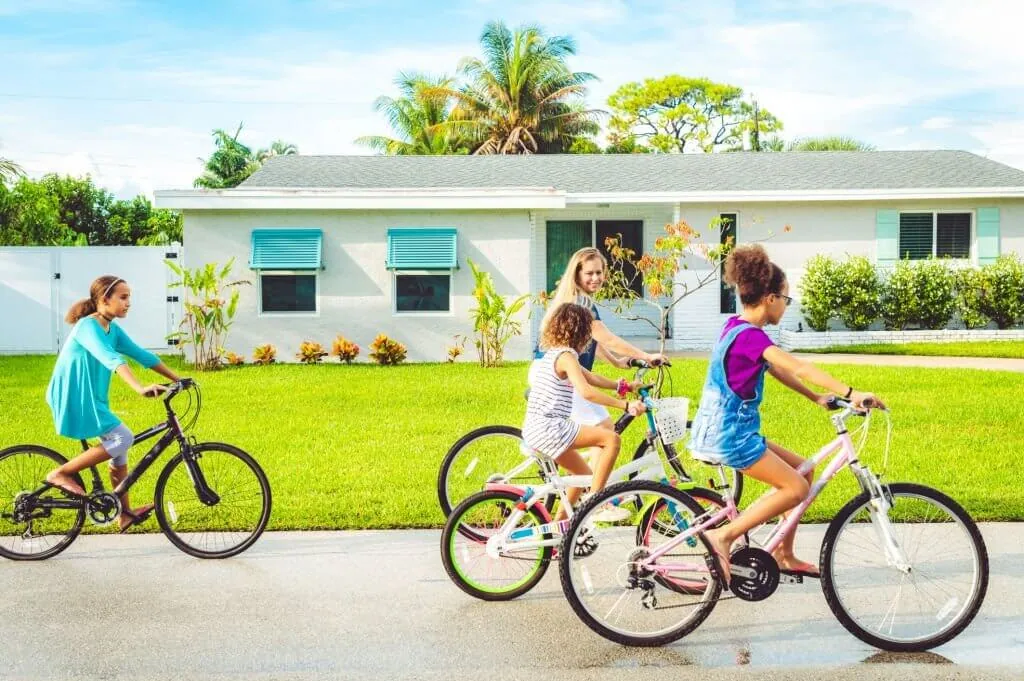


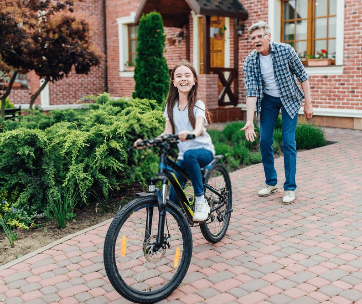


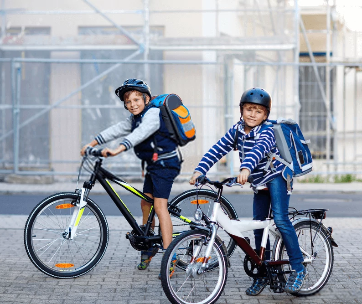
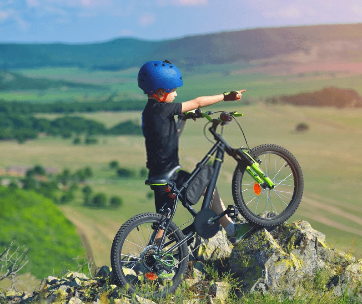

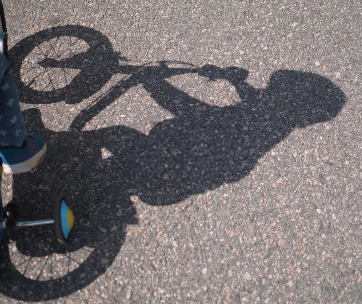

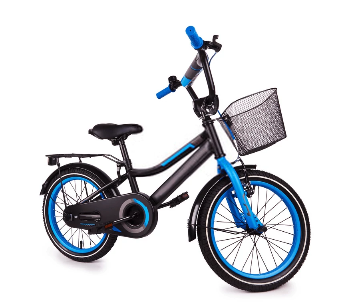
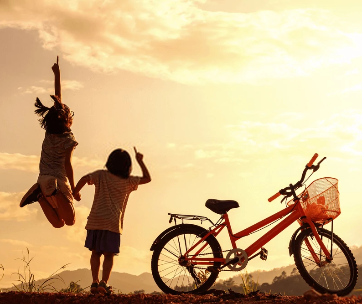
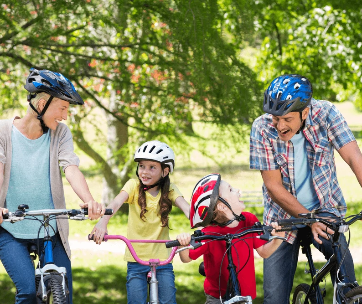
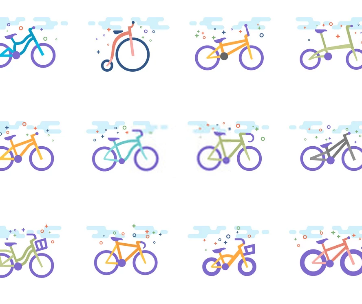
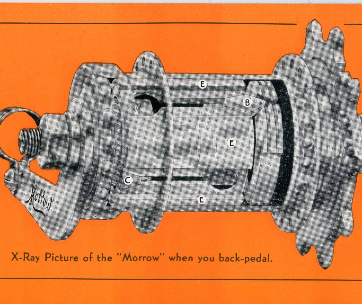
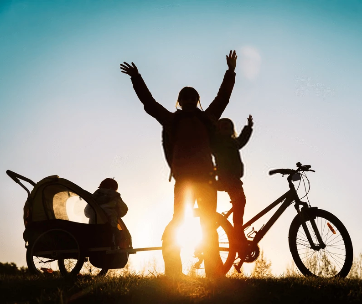
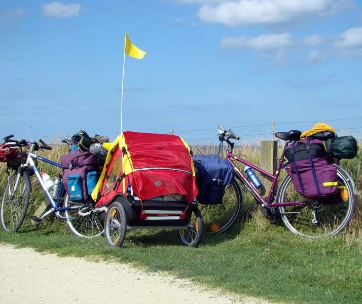
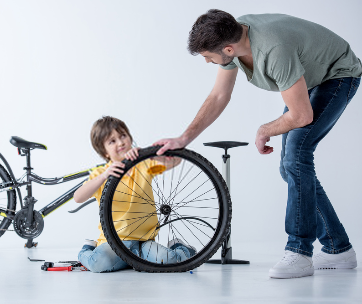
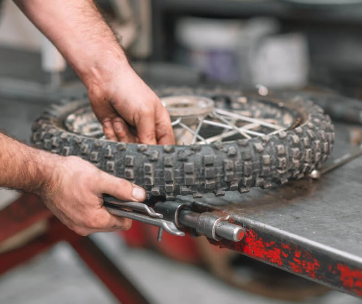
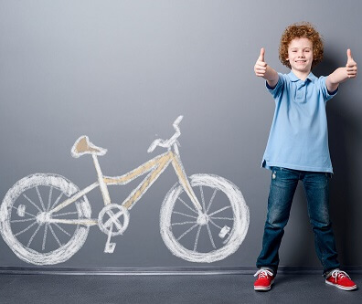
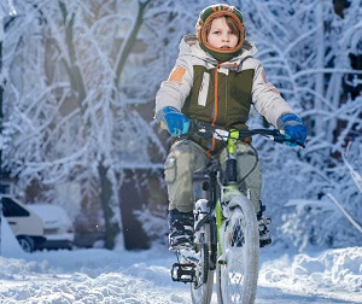


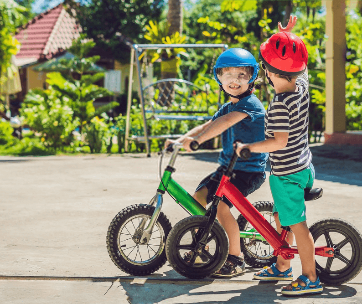
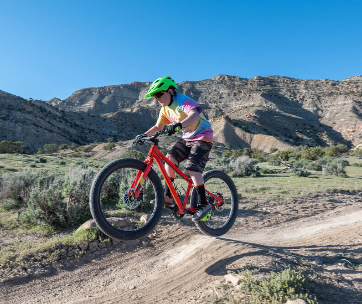
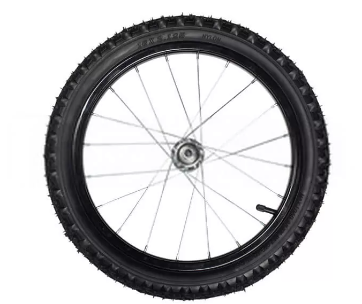
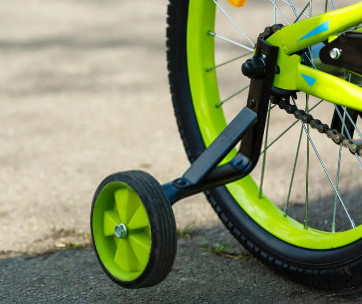
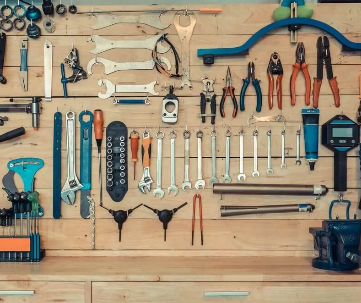
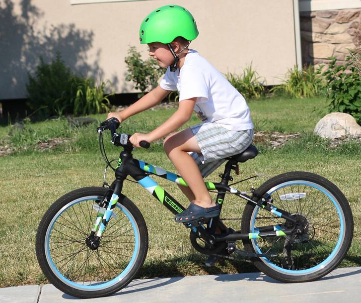
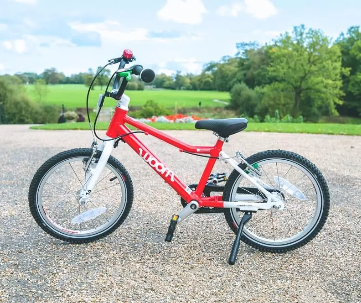

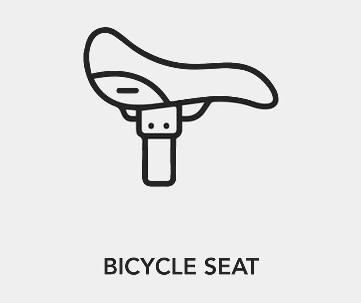
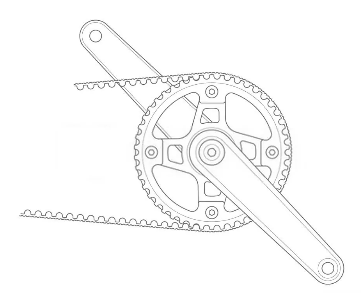
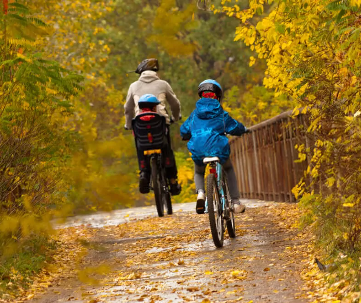
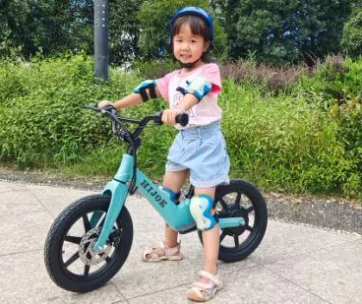
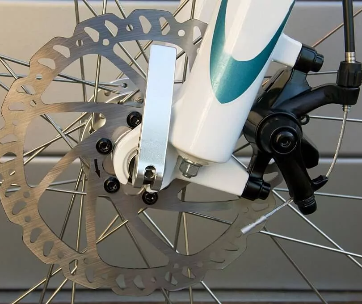

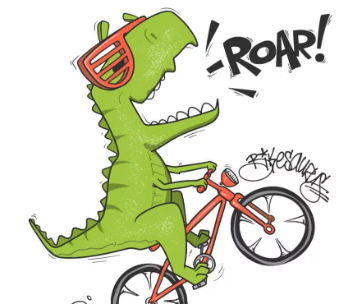
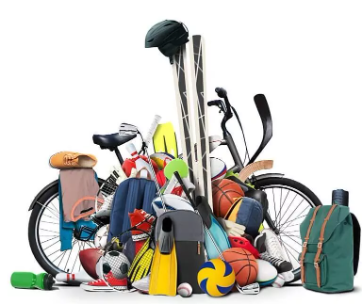
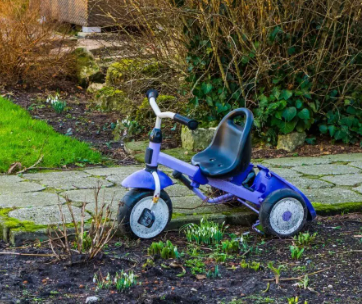
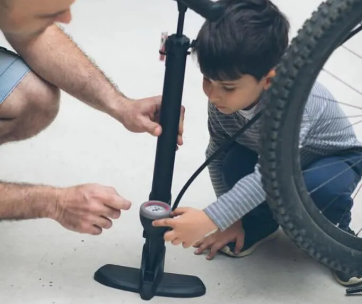
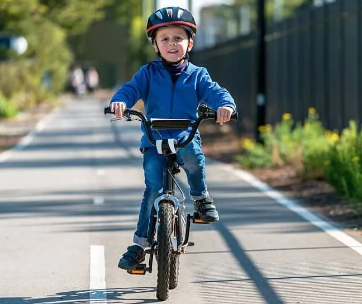
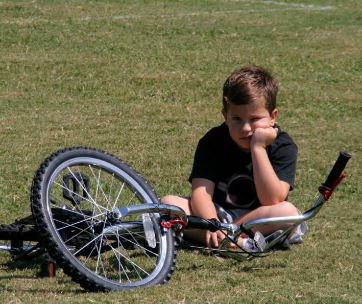
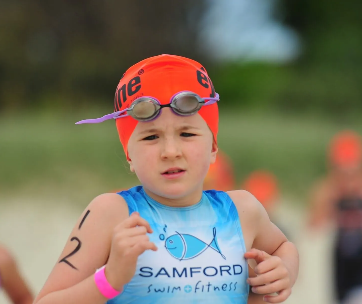
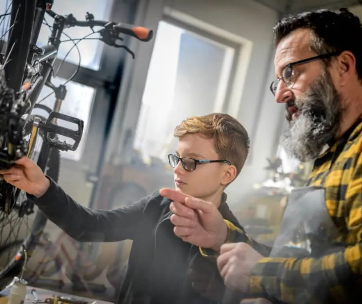

Comments